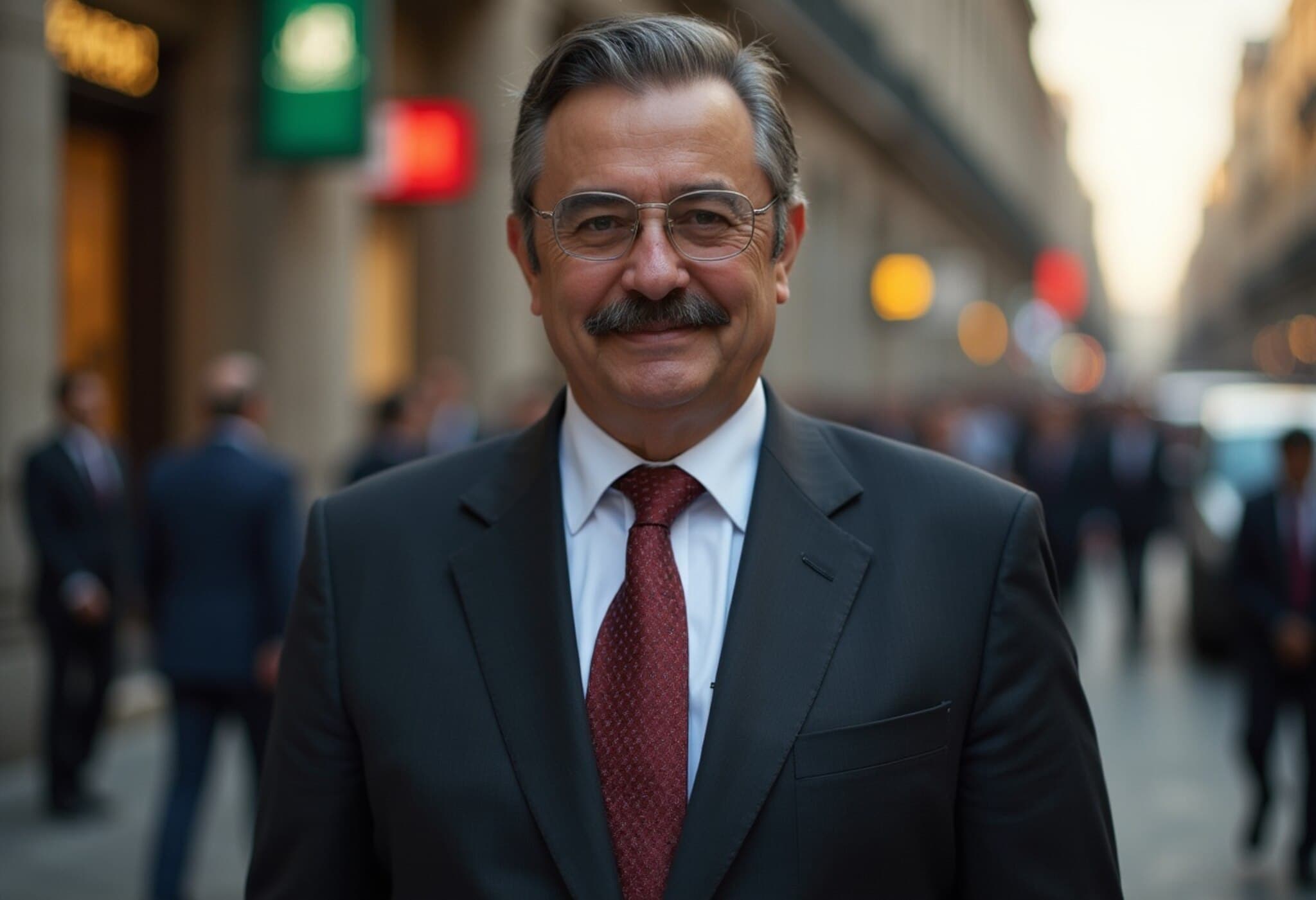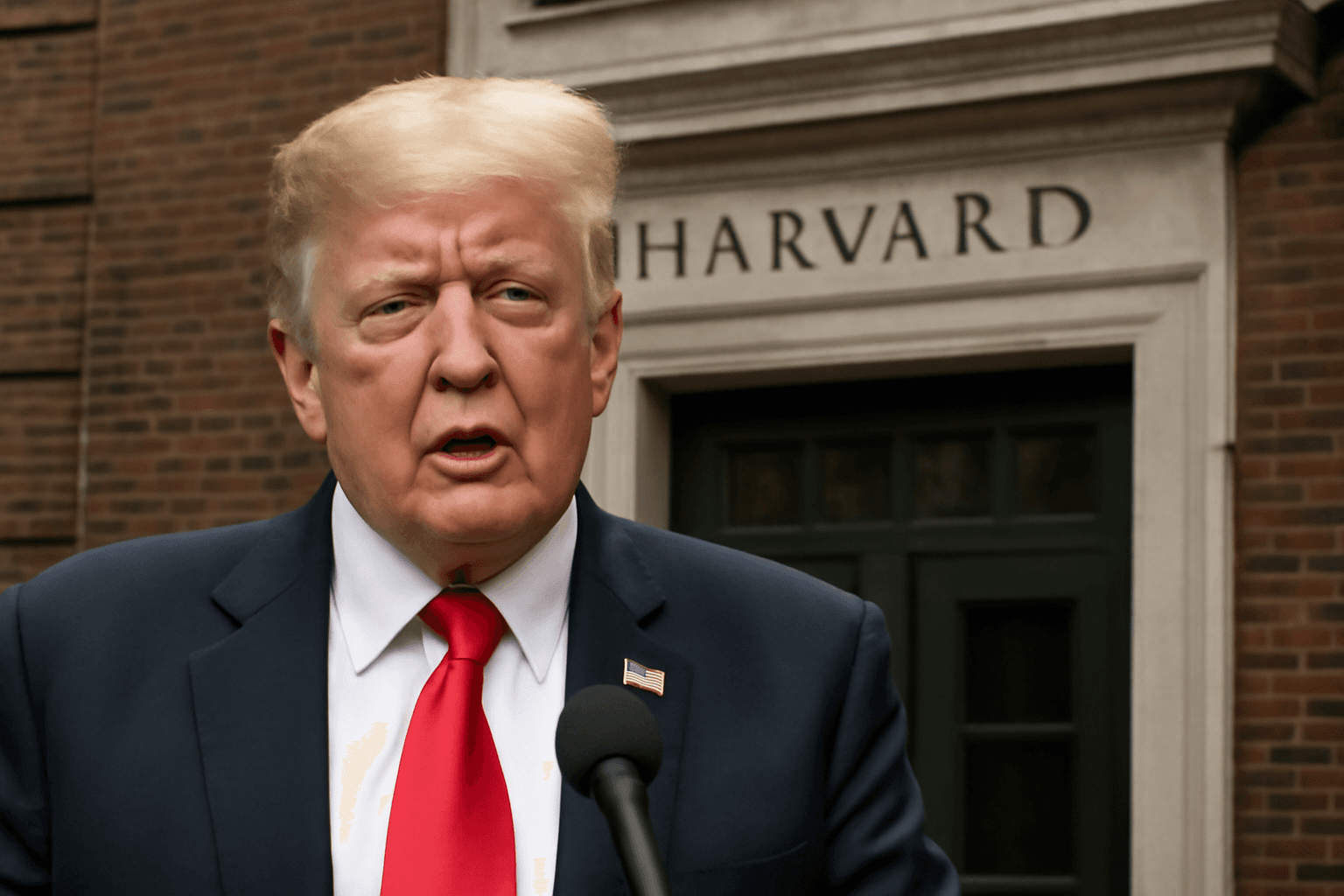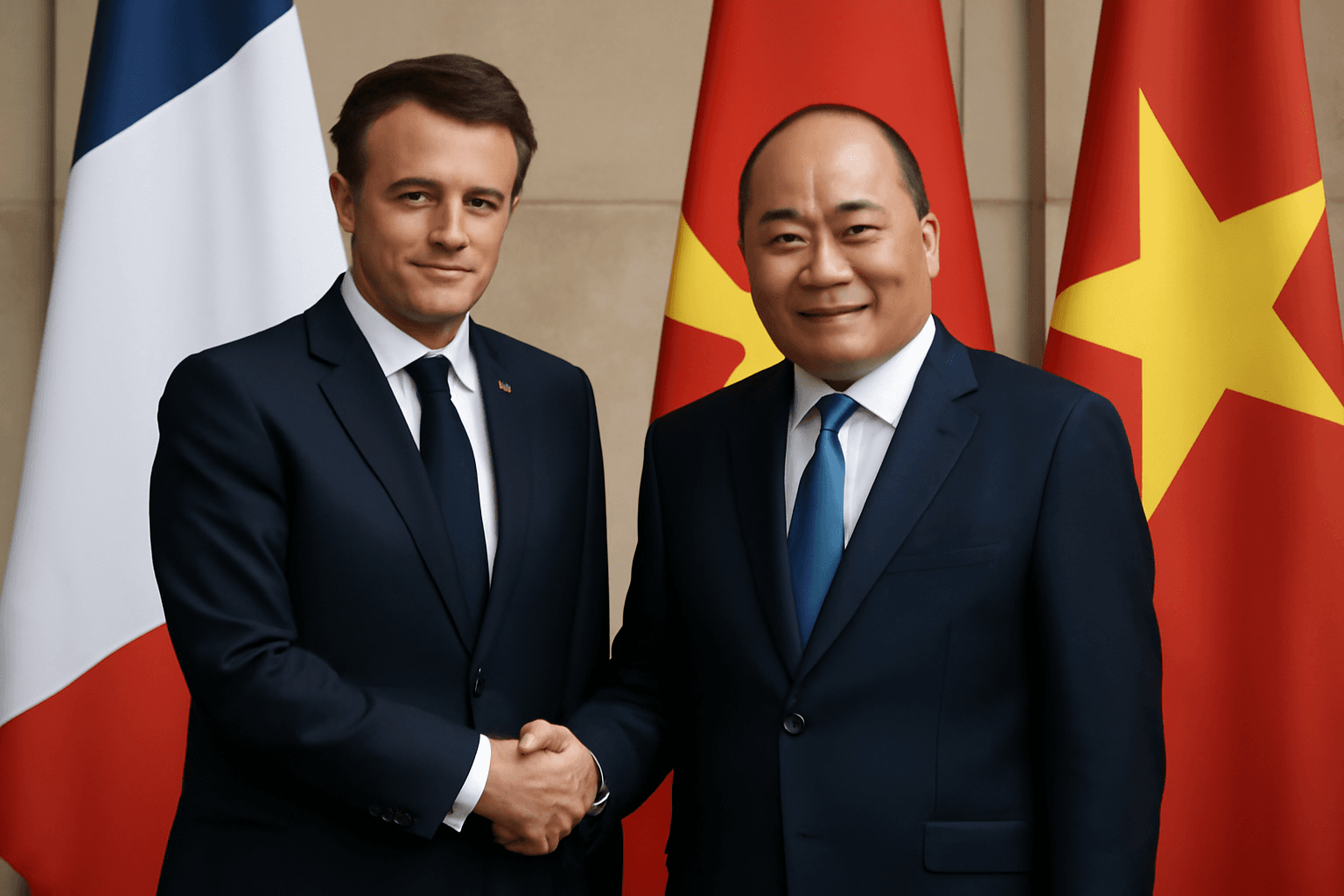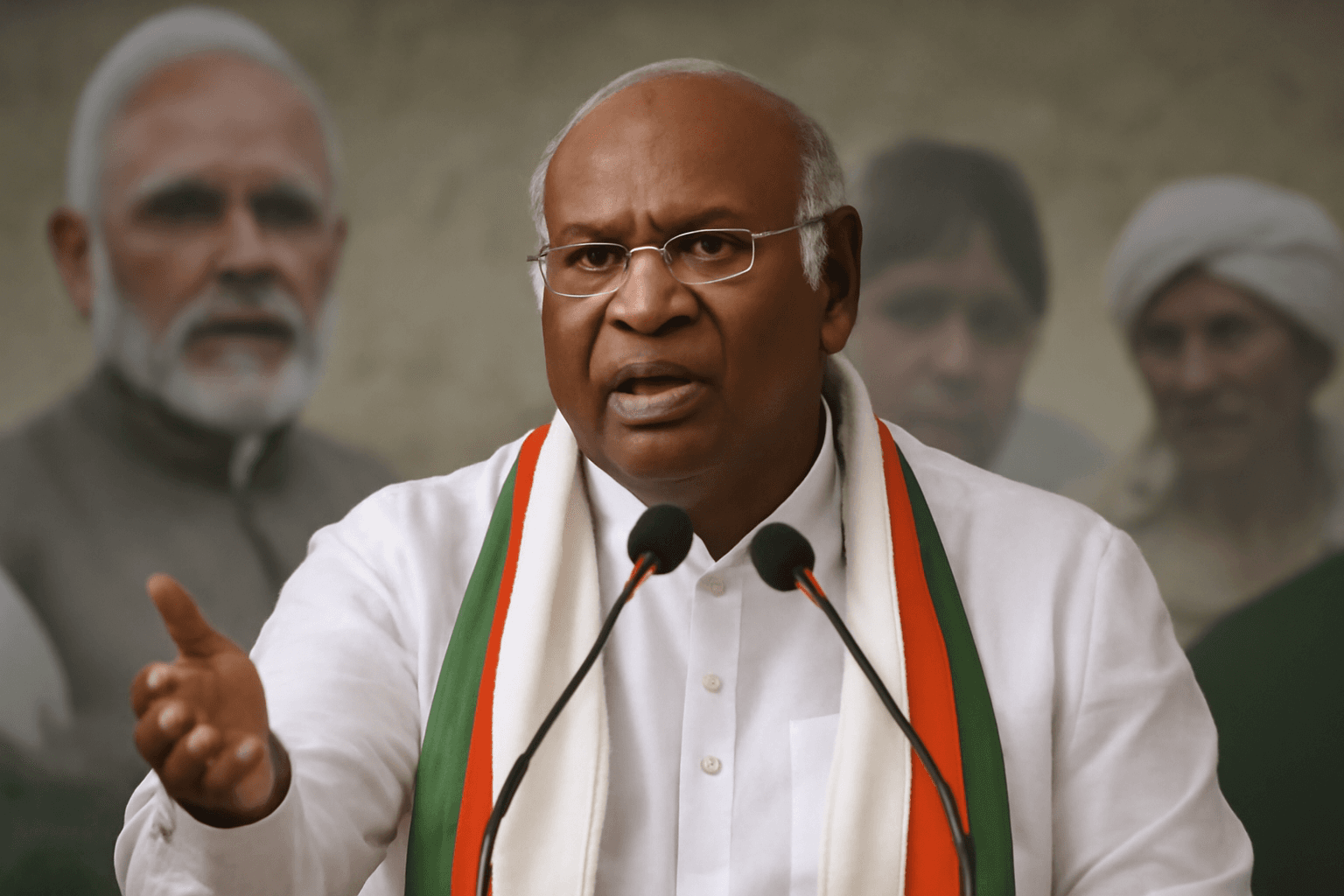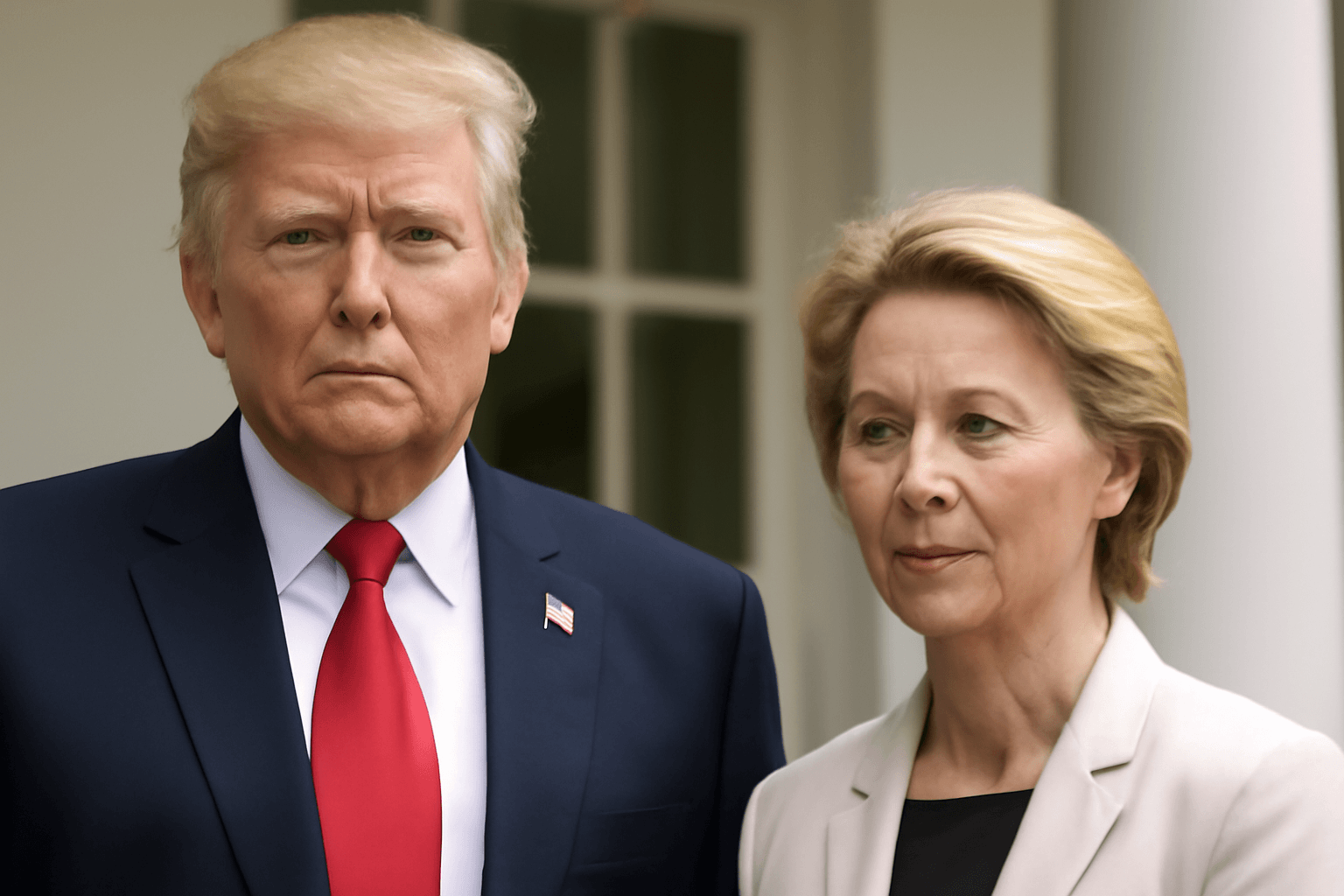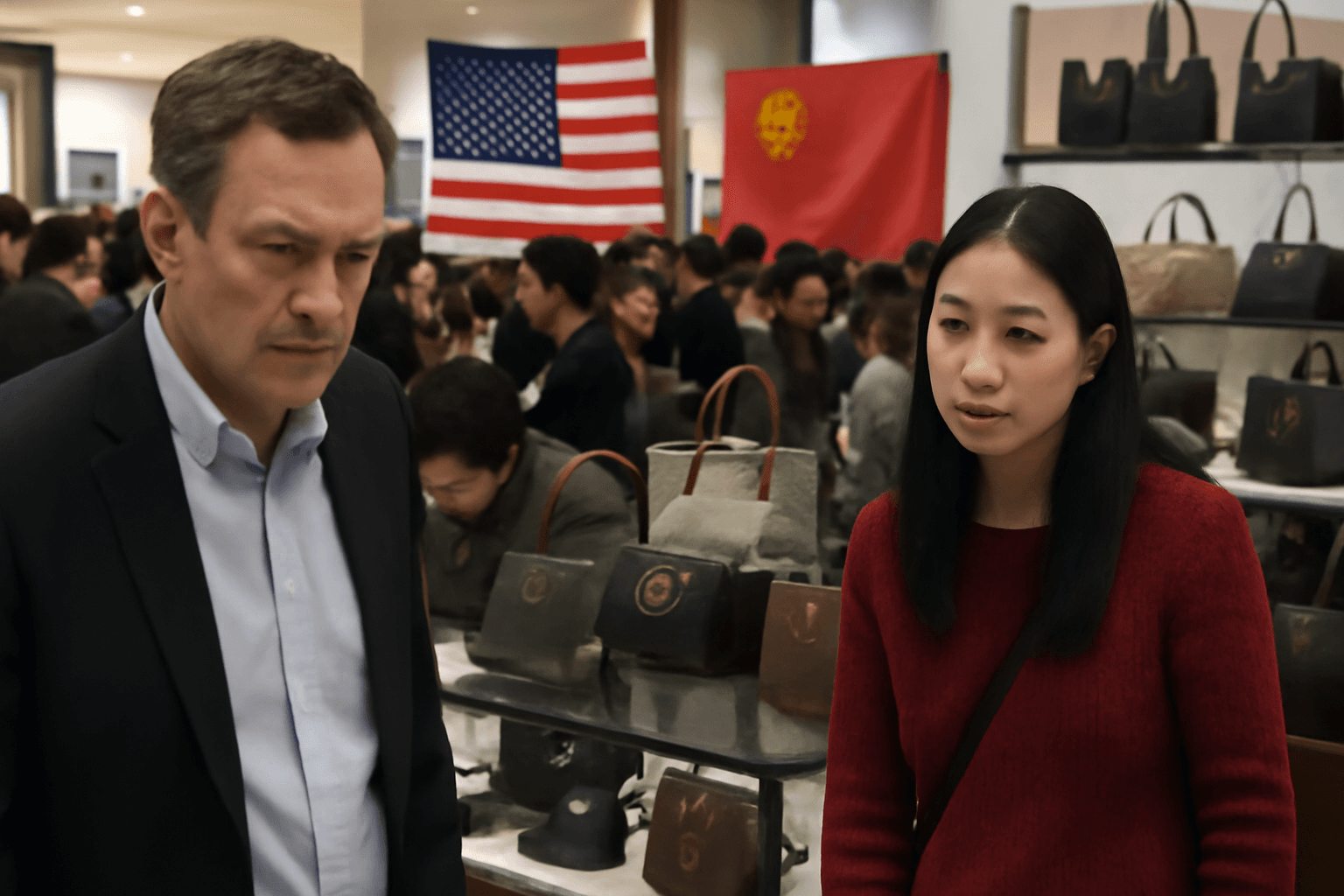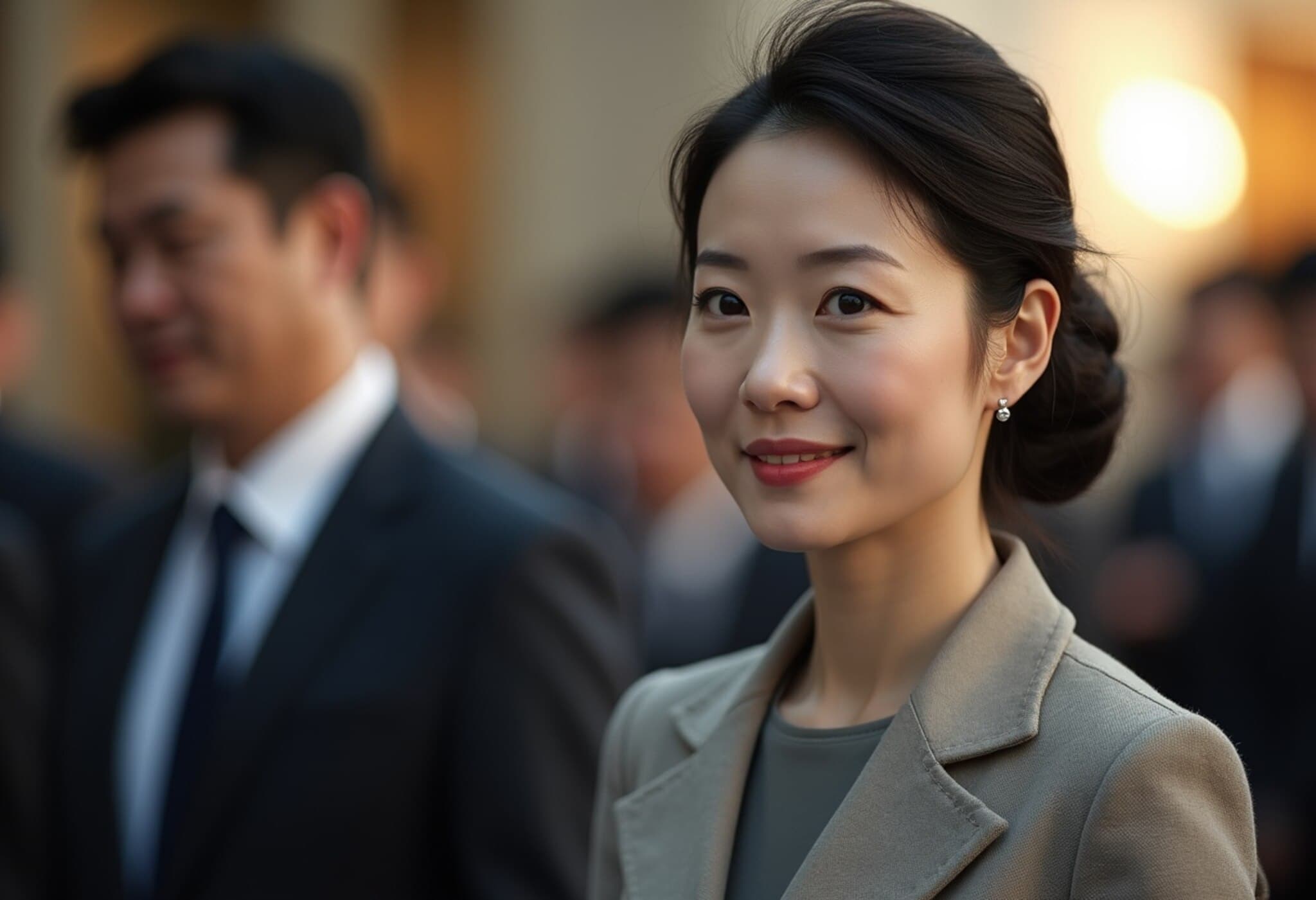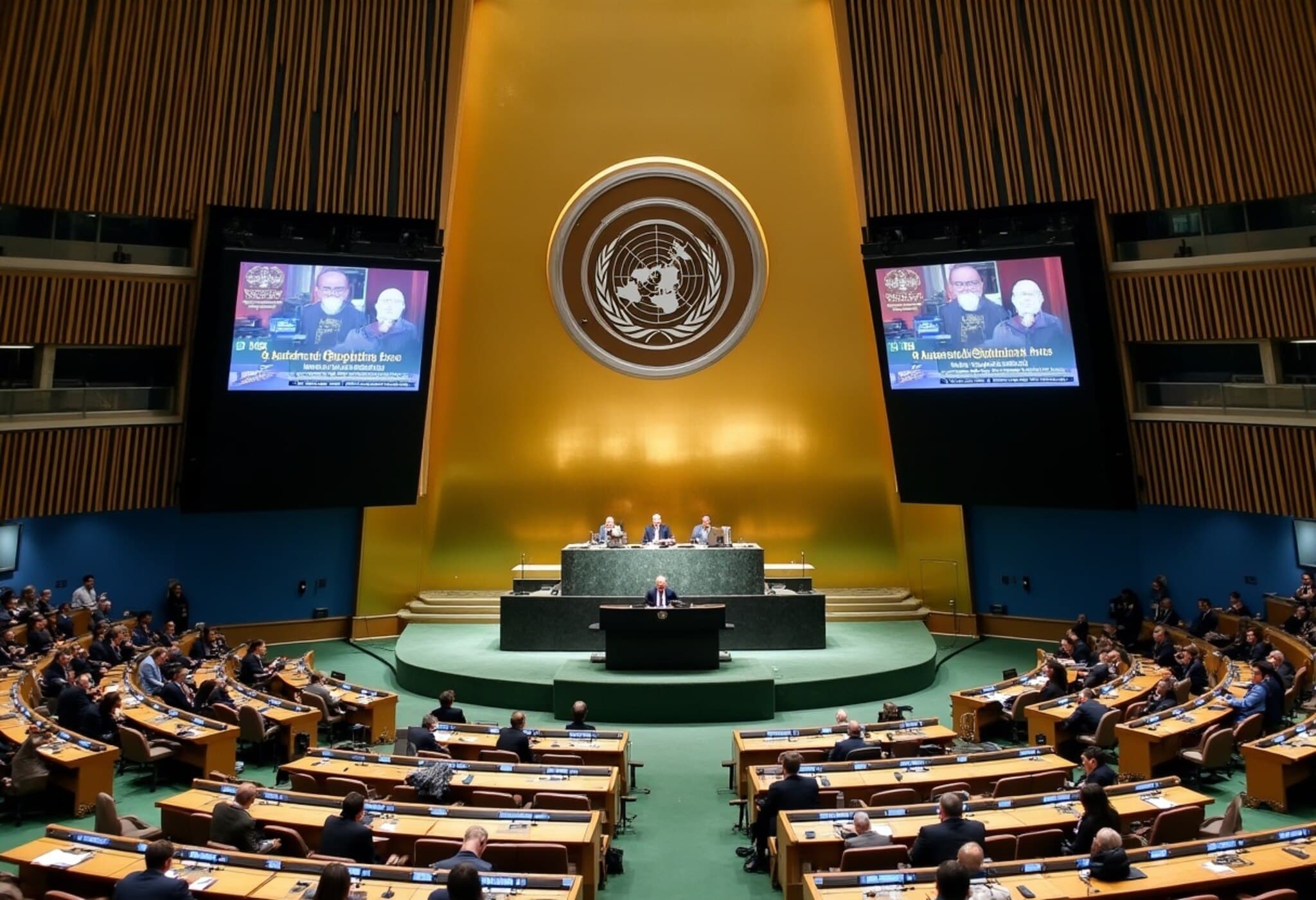Meet Mexico’s High School Teacher Leading the Charge Against Political Ostentation
In Mexico City, a high school Spanish teacher has become an unexpected watchdog over the fashion and lifestyle of the nation’s politicians. Jorge García Orozco, blending journalism with social media savvy, has sparked a nationwide conversation by spotlighting the apparent luxury brands and opulent lifestyles of public officials — raising tough questions about how these figures afford such extravagance on government salaries.
Unmasking the Disconnect Between Politicians’ Words and Wardrobe
“There’s a glaring disconnect between what politicians say and how they live,” García Orozco told us. His suspicions resonate deeply with many Mexicans who have grown weary of corruption scandals and governmental impunity. Through his X (formerly Twitter) account, where he now boasts over 100,000 followers, García Orozco curates pictures and videos revealing politicians wearing designer watches, expensive shoes, and exclusive jewelry.
The Rise of Mexico’s ‘Fashion Police’
- García Orozco’s posts often originate from social media tips by concerned citizens, effectively mobilizing a digital community.
- His unique approach has shaped a new form of accountability, where wealth signals on elected officials are publicly examined.
- This online movement is particularly notable given Morena — the leftist party once founded on anti-corruption ideals — now dominates Mexico’s political landscape.
Facing Backlash from Powerful Figures
Not everyone welcomes his scrutiny. Senator Gerardo Fernández Noroña, one of the politicians featured in García Orozco’s reports, condemned the teacher’s work as “despicable,” accusing him of being a tool for political opponents. García Orozco denies any political bias, insisting his motivation springs from childhood memories of Andrés Manuel López Obrador condemning corruption — values he still holds firmly.
Context: The Legacy of Morena and Public Expectations
Morena’s rise was fueled by vows to upend corrupt practices and champion the average citizen. Yet, with officials’ ostentatious displays now under scrutiny, García Orozco’s exposés challenge the party and government to remain true to their reformist pledges.
Questioning Wealth in Public Office
Mexico’s federal lawmakers earn roughly $56,000 a year, a salary many argue cannot justify luxury purchases like Cartier watches or Van Cleef & Arpels jewelry, which García Orozco highlights in his posts. If these possessions are genuine, they may hint at undisclosed income or ethical breaches. If they’re counterfeit — as some defense claims suggest — they raise issues about legality and authenticity, especially given Mexico’s strict laws against piracy.
García Orozco openly admits occasional inaccuracies, such as mistakenly attributing a Cartier watch to a Morena senator who clarified it was a more affordable brand. This transparency adds credibility to his efforts and invites dialogue rather than censorship.
Spotlight on Prominent Figures and Institutions
- One notable case involves Sergio Gutiérrez Luna, former president of Mexico’s Chamber of Deputies, and his wife. García Orozco detailed their alleged luxury accessories and questioned the source of their wealth.
- Recently, he also drew attention to Supreme Court Chief Justice Hugo Aguilar Ortiz’s expensive-looking shoes — an allegation dismissed by the justice himself as a simple, affordable brand.
- The spread of these observations to various government branches underscores a wider demand for transparency.
The Bigger Picture: Why This Matters
In a country struggling with systemic corruption, García Orozco’s work represents a grassroots effort to hold public officials accountable in a digital age. By scrutinizing the disparity between politicians’ public rhetoric and private displays, he invites citizens to critically assess leadership integrity.
His presence also underscores the evolving role of social media as a tool for civic engagement — where ordinary citizens and educators alike can challenge power structures without waiting solely for institutional reforms.
Editor’s Note
Jorge García Orozco’s endeavor is more than fashion critique; it’s a compelling entry point into the larger dialogue about transparency, ethics, and trust in Mexico’s governance. As social media amplifies citizen oversight, it raises vital questions: Can visual evidence of luxury effectively combat corruption? How should public officials respond to such scrutiny? And crucially, what role do ordinary citizens play in demanding accountability beyond ballots and speeches?
For readers and policymakers alike, García Orozco’s story is a vivid reminder: in a democracy, even the smallest details of public figures’ lives can illuminate broader truths about power and privilege.

